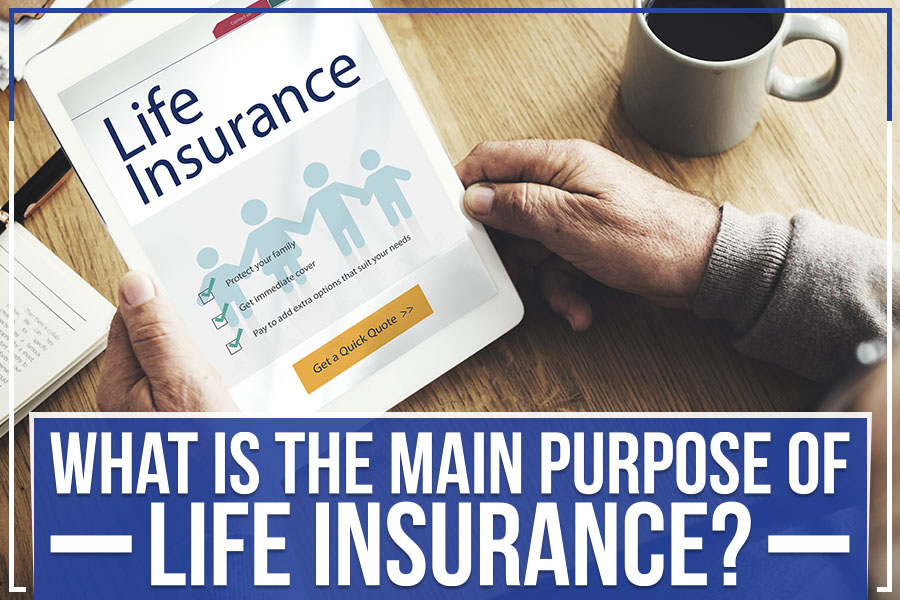Not known Factual Statements About Pacific Prime
Not known Factual Statements About Pacific Prime
Blog Article
The 8-Second Trick For Pacific Prime
Table of ContentsThe Best Guide To Pacific PrimePacific Prime for BeginnersPacific Prime Can Be Fun For EveryoneWhat Does Pacific Prime Mean?The Best Guide To Pacific Prime

This is because the data were accumulated for a duration of strong economic efficiency. Of the approximated 42 million individuals who were uninsured, all yet concerning 420,000 (about 1 percent) were under 65 years of age, the age at which most Americans come to be qualified for Medicare; 32 million were adults between ages 18 and 65, about 19 percent of all adults in this age; and 10 million were youngsters under 18 years of age, about 13.9 percent of all kids (Mills, 2000).
These price quotes of the variety of individuals without insurance are generated from the annual March Supplement to the Present Populace Study (CPS), performed by the Demographics Bureau. Unless otherwise noted, nationwide estimates of people without medical insurance and proportions of the populace with different kinds of protection are based on the CPS, the most commonly utilized source of quotes of insurance protection and uninsurance rates.
All About Pacific Prime

Still, the CPS is specifically valuable since it creates annual estimates reasonably promptly, reporting the previous year's insurance policy coverage estimates each September, and because it is the basis for a regular collection of quotes for greater than two decades, permitting for evaluation of fads in insurance coverage in time. For these reasons, in addition to the substantial use the CPS in other studies of insurance policy protection that are provided in this report, we depend on CPS estimates, with constraints kept in mind.

The price quote of the number of without insurance people increases when a population's insurance policy status is tracked for numerous years. Over a three-year period starting early in 1993, 72 million people, 29 percent of the united state population, were without insurance coverage for a minimum of one month. Within a single year (1994 ), 53 million individuals experienced at least a month without coverage (Bennefield, 1998a)
6 out of every ten without insurance grownups are themselves employed. Working does boost the probability that one and one's family participants will have insurance coverage, it is not a guarantee. Even participants of families with 2 full-time wage income earners have almost a one-in-ten opportunity of being uninsured (9.1 percent without insurance price) (Hoffman and Pohl, 2000).
The Main Principles Of Pacific Prime
New immigrants represent a significant proportion of individuals without medical insurance. One evaluation has actually attributed a considerable part of the current development in the dimension of the united state uninsured population to immigrants who arrived in the country between 1994 and 1998 (Camarota and Edwards, 2000). Recent immigrants (those that pertained to the USA within the previous 4 years) do have a high price of being without insurance (46 percent), yet they and their kids account for just 6 percent of those without insurance coverage country wide (Holahan et al., 2001).
The relationship between health insurance policy and accessibility to care is well developed, as documented later in this chapter. The relationship in between health and wellness insurance coverage and health outcomes is neither straight nor easy, an extensive clinical and wellness services research literary works web links health insurance policy protection to improved accessibility to care, much better quality, and boosted individual and population wellness condition.
Degrees of evaluation for analyzing the impacts of uninsurance. It focuses particularly on those without any kind of health insurance policy for any length of time.
Pacific Prime Can Be Fun For Anyone
The issues dealt with by the underinsured remain in some aspects similar to those dealt with by the uninsured, although they are normally much less serious. group insurance plans. Uninsurance and underinsurance, however, entail clearly various plan problems, and the techniques for addressing them may vary. Throughout this research and the 5 reports to follow, the main emphasis gets on persons with no medical insurance and hence no help in spending for wellness care past what is available via charity and security internet organizations
Medical insurance is an effective variable impacting receipt of treatment since both patients and medical professionals reply to the out-of-pocket price of solutions - https://www.openstreetmap.org/user/pacificpr1me. Medical insurance, nevertheless, is neither needed nor sufficient to gain access to clinical solutions. The independent and straight result of health and wellness insurance protection on access to health and wellness services is well established.
Others will get the healthcare they need also without health and why not look here wellness insurance, by spending for it expense or seeking it from carriers that use care cost-free or at extremely subsidized prices. For still others, medical insurance alone does not guarantee invoice of treatment due to various other nonfinancial obstacles, such as an absence of wellness treatment carriers in their area, minimal accessibility to transport, illiteracy, or linguistic and cultural distinctions.
Pacific Prime Fundamentals Explained
Formal research about uninsured populations in the United States dates to the late 1920s and early 1930s when the Committee on the Expense of Healthcare generated a collection of records concerning funding medical professional workplace visits and hospitalizations. This issue became prominent as the numbers of medically indigent climbed during the Great Depression.
Report this page